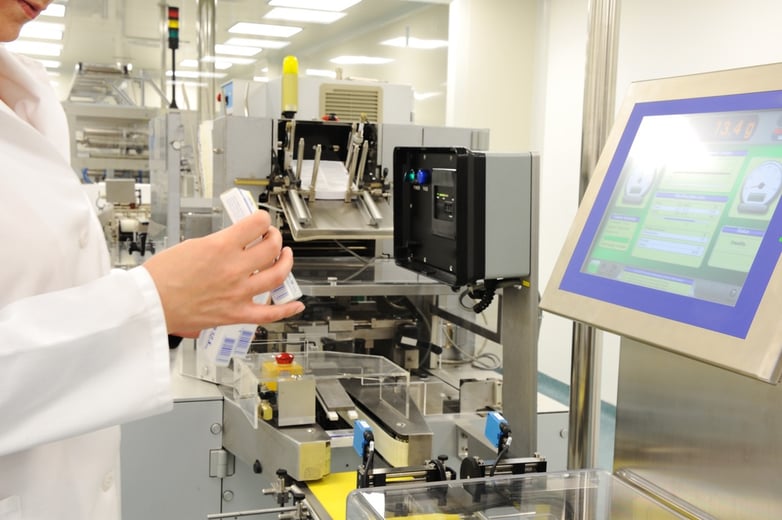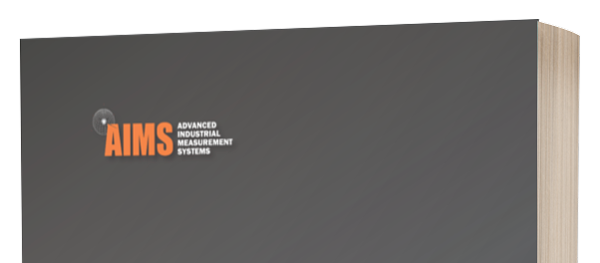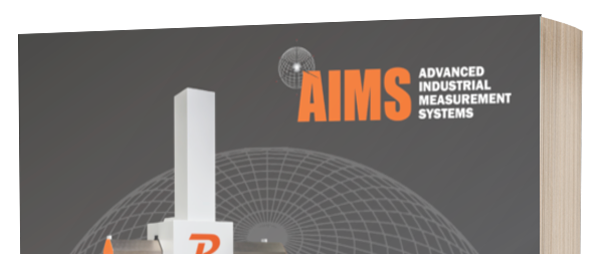
During the last few years Industry 4.0 has ushered the Internet of Things (IoT) and the Industrial Internet of Things (IIoT) onto production floors across the U.S. According to IHS Markit, the number of connected IoT devices worldwide “will jump 12 percent on average annually, from nearly 27 billion in 2017 to 125 billion in 2030." Simply put, the IoT is a massive network that connects people, machines and devices. So what does that mean for quality?
Growing nearly as fast as the IoT, the IIoT connects smart sensors to the internet and gives companies access to information that allows them to make better business decisions. The IIoT differs from the IoT as IIOT is a closed system, housing communication between companies and partners while closed to outside input. Researchers estimate that manufacturing companies worldwide will spend $500 billion a year by 2020 on IIoT technology and that the value generated by the IIoT will reach $15 trillion per year by 2030.
So what does all this mean to the manufacturer, the job shop or the fabricator? Like neurons that process and transmit information in the central nervous system, sensors move data between machines and between machines and people. More sensors mean companies can collect more data, but the data must be accurate and actionable. That’s where coordinate measuring machines have a bigger role to play.
Experts believe that in the future, manufacturers will be recording 100 percent of all important measured values. But 100 percent testing means that quality data can’t be acquired from random sampling. Instead, manufacturers will have to make changes in their quality control approach.
CMMs with 5-axis touch probe and scanning capabilities can capture precise details despite complex geometries. Additionally, the ability to collect accurate and actionable data offers a bird's-eye view of the supply chain.
Metrology resources can help companies process varying types of components, optimize resources and pinpoint bottlenecks and other potential obstacles that could affect individual production timelines. Measurements can be shared and stored via the Cloud, while managers gain greater control over simultaneous production lines.
CMMs and the IIoT also represent opportunities for manufacturers in terms of the products they make and the cross-training of skilled personnel like machinists. Supply chain tracking, real-time production and performance feedback, along with production-responsive operations, allow companies to take customer support to a new level. In fact, forecasted estimates indicate that the IIoT could drive growth of more than $50 billion between 2013 and 2018.
Manufacturers will also see greater opportunities for automation and efficiency as communication between people, computers and machines becomes more streamlined. Transparency on the manufacturing floor will facilitate speed, reliability and capacity while helping companies continue to meet shorter time frames. Most importantly, management will be able to assess the availability and productivity of each machine on an individual basis so that deficiencies can be corrected at the front of the process instead of after the fact. Five-axis CMMs will be able to help personnel look at processes proactively before an event becomes an "alarm" situation resulting in scrapped parts. Find out more about how 5-axis CMM technology can be your "eyes on the production line."


